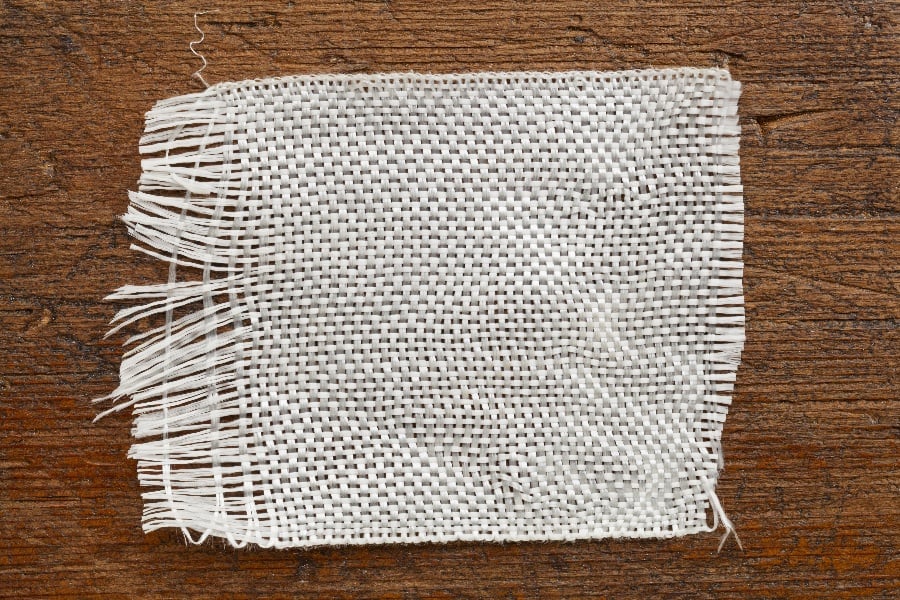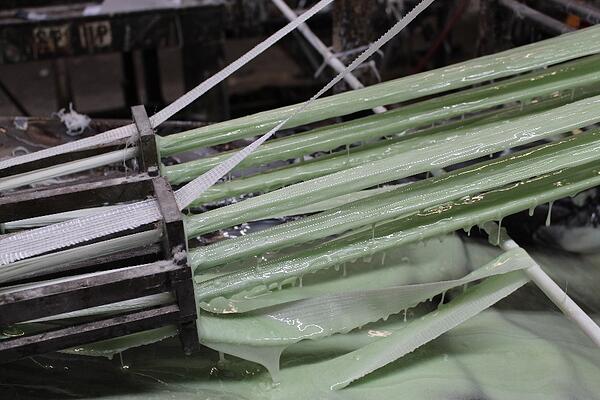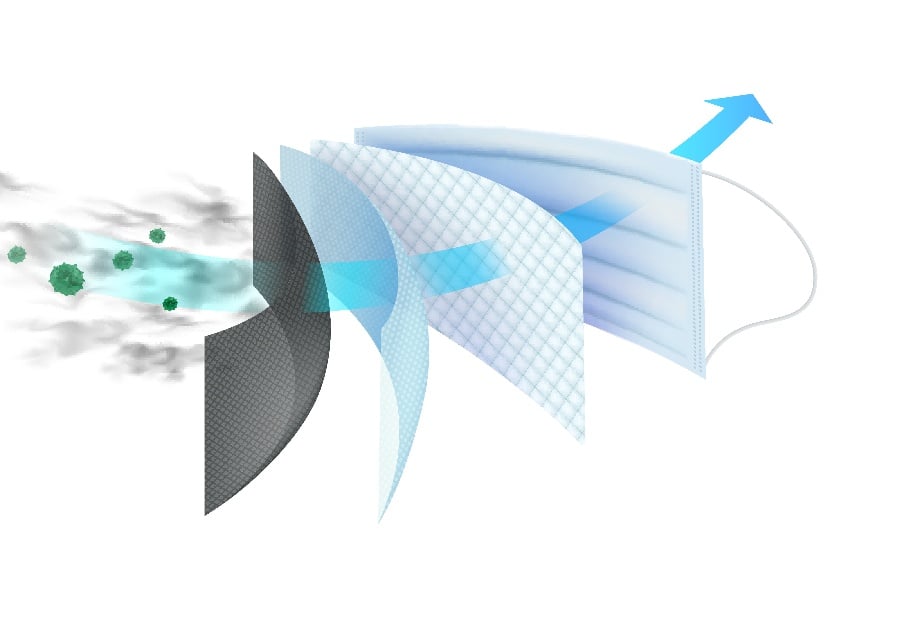
Fiberglass-reinforced plastic (FRP) is a composite material made up of glass fibers embedded in a plastic resin matrix. FRP offers high strength-to-weight ratios, corrosion resistance, durability, and design flexibility, making it an increasingly popular choice of material across various industries. The use of FRP in industrial applications has been growing steadily in recent years due to its many economic advantages over traditional materials like metals or wood. This trend is driven by FRP's unique properties, which allow for cost savings in areas such as transportation, installation, maintenance, and operational efficiency over the lifetime of products.
This article will analyze the properties of FRP that enable considerable cost reductions and productivity gains in industrial settings.
Properties of FRP and their Economic Impact
Fiberglass-reinforced plastic has several inherent properties that translate into considerable economic savings in industrial settings. The lightweight structure, corrosion resistance, high strength, durability, and customizability of FRP deliver multifaceted cost reductions.
The lightweight quality of FRP is a major contributor to lower transportation, installation, and operational costs compared to traditional heavy materials like steel or concrete. Pound for pound, FRP offers strength levels comparable to steel but less weight while far exceeding wood in strength with slightly more weight. This lightweight nature directly cuts freight and labor costs during shipping, handling, and assembly. For example, switching to FRP components in chemical plants could reduce weight compared to stainless steel equivalents, saving tens of thousands in transport alone for multiple large tanks.
Additionally, FRP carries almost no risk of corrosion due to its polymer resin enclosure protecting the glass fibers. This removes the need for costly corrosion-mitigating constructs like special coatings or alloys. FRP tanks, pipes, and vessels last over twice as long as steel or aluminum, paying off the initial investment in the long run through dramatically lower replacement costs and less downtime. The average service lifetimes for FRP versus steel underscore the positive lifecycle cost analysis and return on the investment case for FRP in environments causing metal corrosion.
The high strength-to-weight ratios possible with FRP also introduce major material efficiency gains and flexibility advantages relative to traditional materials. For instance, designing automotive parts with FRP cuts weight while maintaining strength, directly improving fuel efficiency and performance. The moldability of FRP also unlocks custom manufacturing for complex or unusual designs unsuitable for metals at a reasonable price point.
FRP's lightweight, corrosion-resistant, high-strength and customizable fabrication attributes translate into very favorable economics from raw material logistics all the way to operating expenses and maintenance.
Cost Analysis of FRP in Industrial Applications
While the initial material cost of FRP per pound is typically higher than traditional metals or wood, FRP pays dividends over the full life cycle of industrial components. Efficient manufacturing techniques coupled with vastly extended service lifetimes relative to other materials establish a compelling financial case for FRP adoption.
Upfront material expenses for FRP can surpass incumbent options like carbon steel or fiberglass on a per-unit basis. However, efficient and scalable production methods such as pultrusion and filament winding enable competitive fabricated part costs at high volumes. The potential to automate much of FRP manufacturing also reduces associated labor expenses.
Furthermore, the lightweight and durable nature of FRP substantially cuts ancillary supply chain costs like shipping, handling, and installation. Constructing structural platforms, ladders and flooring from FRP instead of steel drops installation costs by 40% or more due to easier transportation and assembly. FRP's corrosion immunity saves tremendously on maintenance over decades of use compared to metal components.
When analyzing the total cost of ownership, FRP consistently offers the most cost-efficient solution over the full-service lifespan of tanks, pipes, ducting, structural members, or body panels. While initial procurement budgets may point toward cheaper alternatives, life cycle cost analysis highlights how significantly lower maintenance needs, longer replacement cycles, and better performance quickly offset FRP’s upfront cost premium in an industrial setting. The break-even point at which FRP achieves better total value than other materials arrives well within realistic product lifetimes.
Factoring in long-term cost savings in maintenance, operations, and replacement reveals FRP as the most economical material choice over the total lifespan of industrial components, despite higher initial price points.
Applications of FRP Across Industries
Fiberglass-reinforced plastic delivers advantageous economics across a diverse set of industrial applications ranging from large-scale infrastructure to specialized processing equipment and vehicle manufacturing.
In civil construction and infrastructure projects, FRP enables substantial upfront cost savings in structural applications like bridges, buildings, and drainage pipes. FRP pultruded profiles compete favorably on bidding costs compared to steel or concrete alternatives, allowing contractors to put in lower bids while still delivering excellent performance. The lightweight and corrosion-resistant nature of FRP materials also reduces lifecycle costs relative to regular maintenance needs of traditional building materials.
Chemical processing industries heavily leverage FRP tanks, pipes, and scrubbers for the exceptional corrosion resistance compared to any metal equivalent. Maintenance expenses over decades of operation are slashed dramatically through FRP’s immunity to rust or chemical attack. The smooth, nonporous interior surface also improves flow efficiency and prevents contamination.
Similarly, water and wastewater treatment installations utilize large FRP clarifiers, storage basins, and filters to gain corrosion resistance and water impermeability combined with long functional lifespans. The non-conductive and nonporous attributes also provide electrical and bacterial safety.
In oil and gas drilling, FRP stands up to punishing conditions, including exposure to hydrocarbons, acids, salts, and temperature extremes. It prevents corrosion failure in pipes and tanks across decades of oil field operation with minimal maintenance needs. FRP drilling platforms and walkways also offer dramatically better lifecycle cost savings than metal designs.
Automotive and aerospace manufacturers take advantage of FRP’s high strength-to-weight ratios to improve fuel efficiencies through lightweight body panels and structural members replacing metal components. The moldability of FRP also allows for optimized aerodynamic shaping.
FRP satisfies the cost savings and performance demands of a wide breadth of industrial applications thanks to a versatile combination of high mechanical performance, corrosion immunity, low maintenance needs, and lightweight strength.















